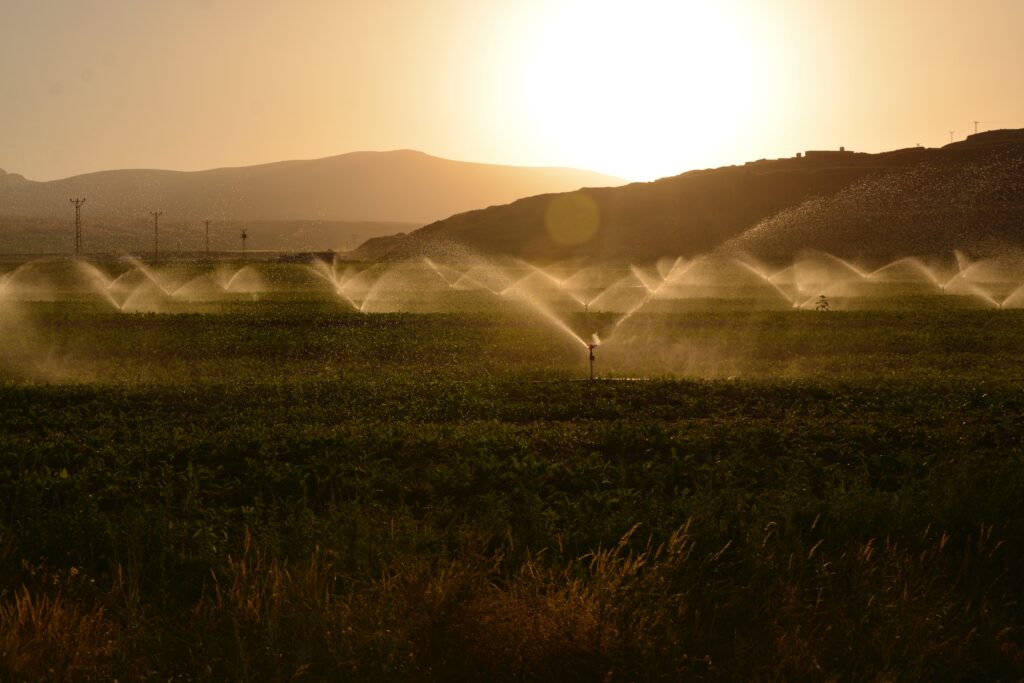Environmental impacts: In the Earth’s interconnected systems, the role of irrigation is minor compared to sprawling oceans and towering mountains. Yet, as a recent analysis showed us in Nature Reviews Earth and Environment, the impact of irrigation goes far beyond its immediate footprint. With global food security linked to the process, understanding and implementing sustainable water use and food production becomes essential.
Unveiling the complexities
“Even though irrigation covers a small fraction of the earth, it has a significant impact on regional climate and environments — and is either already unsustainable, or verging on towards scarcity, in some parts of the world”, explains Sonali Shukla McDermid, lead author and associate professor in NYU’s Department of Environmental Studies. “But because irrigation supplies 40% of the world’s food, we need to understand the complexities of its effects so we can reap its benefits while reducing negative consequences.”
A simple and quick glance at the figures reveals the magnitude of irrigation’s influence. Although irrigated land constitutes a fraction of Earth’s surface, it commands an unbelievable 90% of the world’s water consumption by extracting approximately 70% of global freshwater. Would you have imagined these numbers?
Vast territories spanning regions like the US high plains, California’s Central Valley, the Indo-Gangetic Basin, and northeastern China are all prone to irrigation’s impact. Here, agriculture thrives due to the steady flow of water, but the ramifications stretch much further, affecting our climate and environment.

Chilling and warming
The research by 38 international scientists reveals a combination of positive and negative effects, a complexity seldom captured.
When we look at irrigation, it might seem like a “superhero” against hot temperatures. Imagine a well-watered land acting as a shield, making heat waves less harsh. But there’s a twist to this story. The water that cools things down also brings in humidity, like the moisture in the air after rain. This humidity can lead to greenhouse gas releases, especially methane. This happens a lot in rice fields, for example.
So, while irrigation can relieve us from heat, it also has a side effect that’s not so good for the environment. It’s like a balancing act between two things – cooling us off and letting out gases that trap heat in the atmosphere, eventually negatively impacting our environment and our health.
The Ripple Effects
Irrigation does more than change the temperature – it tells a bigger story about our water supply. Every year, irrigation uses an enormous amount of water. This water has been great for growing crops but has also made some water sources dry up. This has caused problems in some places where there isn’t enough water. Additionally, when we water the land, farm fertilisers can end up in the water, too. It’s a mix of good and not-so-good things happening simultaneously.
Modelling for the future
Charting a path towards sustainable water use and food production requires more than deciphering existing impacts; it requires the innovation of modelling methodologies.
As the researchers highlighted, enhancing irrigation models mandates a twofold approach. Rigorous testing must meet keener scrutiny of uncertainties nestled within both physical climate processes and human decisions. In the narrative of Earth’s existence, irrigation is but a chapter that speaks not only of nourishment but of how we weave our aspirations into the fabric of our planet’s future.



